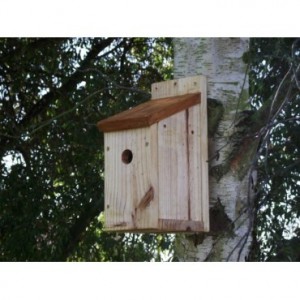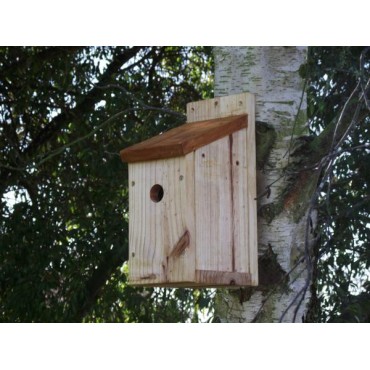We go to great lengths to ensure that special areas in New Zealand are given the right levels of designation and legal protection because of their role in supporting threatened wildlife, but what’s very clear is that every one of our gardens, the places literally on our doorsteps, are important too.”
Gardens can offer a real lifeline for wildlife. Just doing a few simple things in our gardens can mean they provide food, shelter and nesting spaces for birds, which are most vital for the species that are maybe in decline. As the cooler months approach, garden birds need all the help they can get as we progress into the breeding seasons, by providing suitable habitat and feeding stations we can make a big difference.
Sparrow
One of our most familiar garden birds. What sparrows really need are gardens full of insects. Try leaving some areas of grass to grow long. You can still give it neat edges and make a design feature of it, but crucially this will allow certain insects to thrive and the grasses to set seed. Or why not plant deciduous shrubs where are likely to gather for a good natter, and they love a vegetable patch too.
Starling
In summer starlings seek out insects such as beetles, flies, flying ants and worms, and especially grass grubs, so gardens with a lawn will help. In autumn they love fruit like elderberries, so try planting an elder tree. You could also put up a starling nest-box high up on the shady side of a house.
Song thrush
Plant berry-bearing bushes and try to avoid sweeping up all the leaf litter as they’ll hop around in it, flicking over leaves to find food. They like moist and shady areas, and will really benefit from a garden full of worms and snails, so keep up the mulches in your flower beds, which will help you control weeds too.
Click here to view our selection of hand-crafted bird feeders and habitat.






